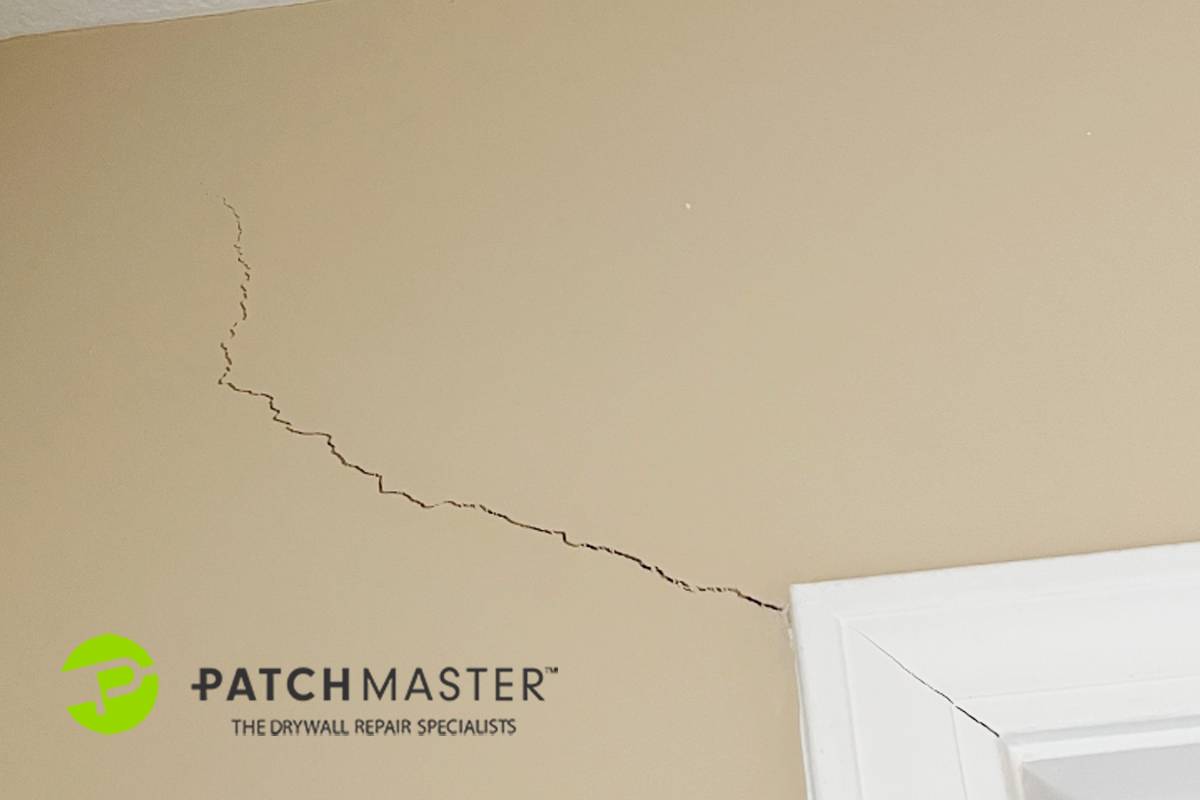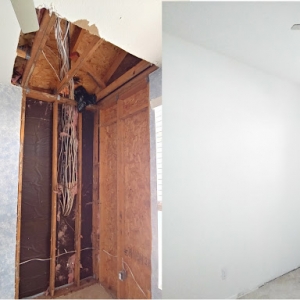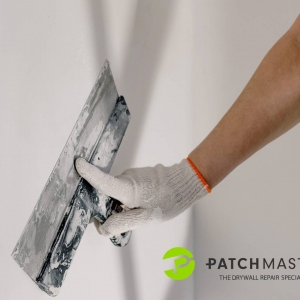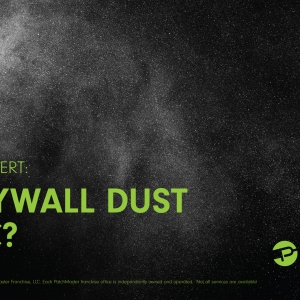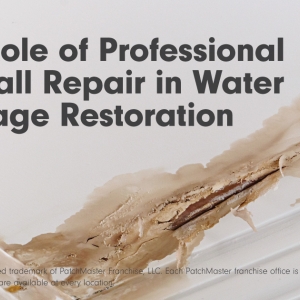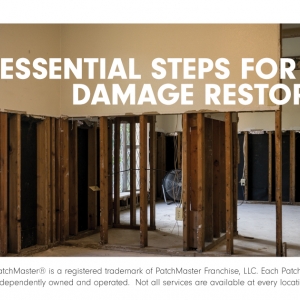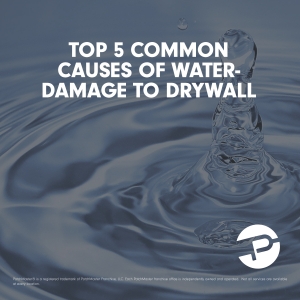If you've noticed a crack in your drywall, you probably wonder if it's dangerous or an indication of a more significant foundation issue. We'll do our best to answer your drywall cracks questions in this post, but let's start with some good news: they don't always indicate more serious structural issues. There are various causes of drywall cracking, including improper drywall installation, changing humidity and temperature, and normal settling.
In some cases, drywall cracks are due to structural damage and need quick addressing. Our specialists have put together some basic information about the types of drywall cracks that commonly occur, what causes them, drywall repair options, and when you should contact a foundation repair company to prevent costly repairs due to drywall cracks.
Cracks in Drywall: When Are They Serious?
In most cases, drywall cracks occur because of seasonal changes or normal settling of the house. However, if cracks appear in the drywall due to a structural problem, the underlying issue must be dealt with as soon as possible to prevent damage to your home.
As discussed in another post, drywall cracks tend to develop around the corners of doors and windows, corners of wall openings, and along the seam where two sections of drywall. Cracks in drywall are most often small and thin, meaning they're just cosmetic; wider cracks that run diagonally or at an angle, on the other hand, indicate a more severe problem. In assessing your damage, look for:
- Cracks run across walls and/or ceilings.
- “Stair-step” cracks or diagonal cracks are caused by the foundation sinking into wet clay soil, which no longer supports the weight of your home. These cracks happen when the clay soil absorbs rain until it becomes saturated and accompanies sagging drywall.
- Cracks that form between two drywall sections, one of which is sagging, could mean bowing walls, which are also caused by foundation movement; you see gaps between the walls and ceilings, which are usually the result of structural damage.
The presence of large cracks usually indicates a severe problem with the foundation. Any wide or diagonal crack in your drywall should be inspected and repaired by a professional as soon as possible since structural components within your home will continue to settle, deflect, or deteriorate over time - eventually causing extensive structural damage.
Underlying Causes of Cracks in Drywall
Although the compressive and/or bending stresses that generally occur in a home are the main reasons why hairline cracks develop in drywall, other potential causes include:
Cracks in drywall seams – Improper drywall installation techniques result in vertical and/or horizontal cracks in drywall. When drywall mud, also known as joint compound, and tape aren’t properly applied, cracks can develop where the drywall panels join at the seam. These cracks are usually superficial and relatively easy to fix.
Normal Settling - All houses settle into the ground over time, and this may cause a series of hairline cracks to appear near stress points in the drywall. Although normal settling isn’t a big deal, as most hairline cracks that develop due to this process are just an aesthetic nuisance, a high number of hairline cracks that affect one or more areas of your home could still indicate structural damage. In this case, you should have an experienced contractor inspect your foundation and home.
Differential Settlement – Differential settlement occurs when the soil underneath your foundation becomes exceptionally wet and soft. As your foundation shifts, your home no longer sits evenly on the ground, and one side of your home sinks deeper and faster than the other sides. Eventually, your drywall cracks at stress points, as all structural components within your home will be subject to different stresses.
Variations in temperature and soil moisture content – Seasonal changes in temperature and water accumulation around your foundation when it rains cause the expansion and contraction of building materials. Repeated contraction and expansion cause stress inside your walls, ultimately leading to cracks in the drywall. Heavy winds, hurricanes, tornadoes, earthquakes, roof trusses lifting are also culprits for drywall cracks.
The best way to identify the underlying causes of drywall cracks is to contact an expert. Our skilled technicians can make your home whole again, no matter the size, shape, or location. We focus on repair, so our technicians can specialize in matching existing textures and making holes disappear. Contact us today to discuss your project and schedule a free repair quote.
